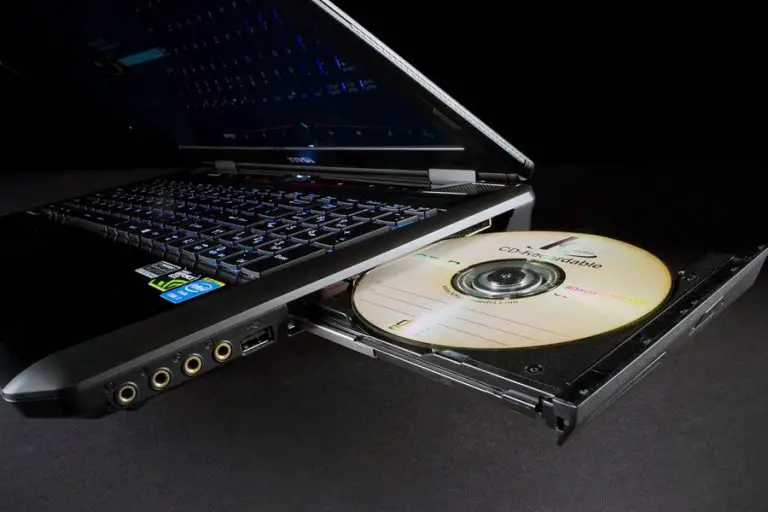

- BOUGHT A NEW COMPUTER CAME WITH LITTLE DISC HOW TO
- BOUGHT A NEW COMPUTER CAME WITH LITTLE DISC DRIVERS
- BOUGHT A NEW COMPUTER CAME WITH LITTLE DISC UPDATE
- BOUGHT A NEW COMPUTER CAME WITH LITTLE DISC LICENSE
- BOUGHT A NEW COMPUTER CAME WITH LITTLE DISC WINDOWS 7
/SSD-HDD-Drives-569c53c65f9b58eba4a8db20.jpg)
BOUGHT A NEW COMPUTER CAME WITH LITTLE DISC HOW TO
If you can take the time, a clean install is best-but when you need to get up and running right now, it's nice to know Windows 10 has streamlined the process enough to make it usable.What to do if you've lost your printer installation CD - find out how to install your printer driver without the CD And even then, there's no guarantee you'll be getting optimal performance if the system isn't configured properly for your new hardware.

I recommend trying the activate-by-phone option, though, as sometimes that will succeed when online activation fails.Īgain, this whole thing is not a foolproof process-there are many tiny things that could trip things up, so you may have to do a bit of troubleshooting if something doesn't work properly.
BOUGHT A NEW COMPUTER CAME WITH LITTLE DISC LICENSE
You can try entering the same product key you used before, but this may fail if you have an OEM license that isn't meant to migrate to new hardware. If you plan on using this setup permanently, though, you should re-activate Windows. If this setup is temporary, and you're only using it to grab a few things off your old PC, you don't need to worry about activation-Windows should keep working as normal, with an activation watermark in the corner and a few features disabled. There's one last hitch to this process: when you toss your drive into a new computer, Windows will recognize that the hardware has changed, and potentially-depending on the type of license you have-de-activate itself. For graphics drivers, you may want to use a tool like DDU (Opens in a new window) to really clean them out. You can also head to Nvidia, AMD, or Intel's website for graphics drivers, though Windows installed the non-generic versions for me without my intervention.įinally, if you want to keep things clean, you can uninstall the old drivers left on your system by searching for "Add or Remove Programs" from the Start menu. If you built the computer, go to the motherboard manufacturer's website instead.
BOUGHT A NEW COMPUTER CAME WITH LITTLE DISC DRIVERS
To be safe, I recommend heading to your PC manufacturer's website and downloading the chipset, audio, and other drivers yourself. You may also find you need to download some drivers manually, if Windows doesn't do so on its own or downloads generic drivers instead of manufacturer-supplied ones. You may notice some flickering as it downloads the display drivers, so give it some time to go through its process. Windows will likely install a lot of the necessary drivers for you, especially once you connect your new PC to the internet. This may all vary from PC to PC, and you never know what driver conflicts or performance issues may lay underneath the surface of a seemingly fine setup.Īll told, I would still recommend doing a clean install if you're migrating permanently to a new machine, but if you need something quick and dirty-like if your old PC dies and you need to access some data from your old installation-this should work well enough. But that's not to say you won't run into any problems.
BOUGHT A NEW COMPUTER CAME WITH LITTLE DISC UPDATE
Windows Update was even able to download new patches. I moved my drive from an AMD-based machine to an Intel/Nvidia machine with barely a hiccup. You'll have to do a few things yourself, but overall, it should work. When you throw an existing Windows installation at a new PC, it'll perform its first-time setup as if it were a new computer, grab drivers for your new hardware, and hopefully drop you onto the desktop without much trouble. It's technically possible, though it comes with some caveats. Since Windows 10, the OS is much better about handling these conflicts. You were almost always better off doing a clean install. Microsoft's sysprep (Opens in a new window) tool could sometimes help, but it wasn't really meant for this purpose, and it had its own issues.
BOUGHT A NEW COMPUTER CAME WITH LITTLE DISC WINDOWS 7
Windows 7 introduced driver conflicts that resulted in a blue screen as soon as the computer booted. Wouldn't it be easier if you could just pop your old hard drive into the new PC and pick up where you left off?


 0 kommentar(er)
0 kommentar(er)
